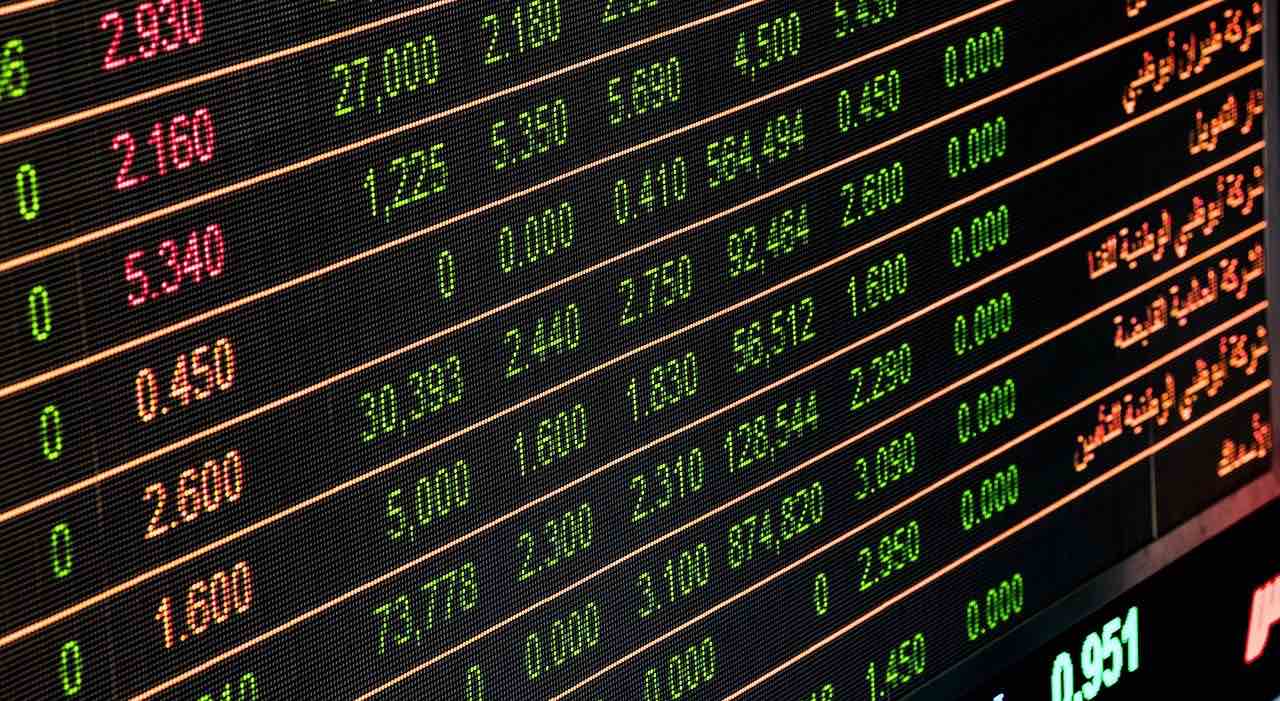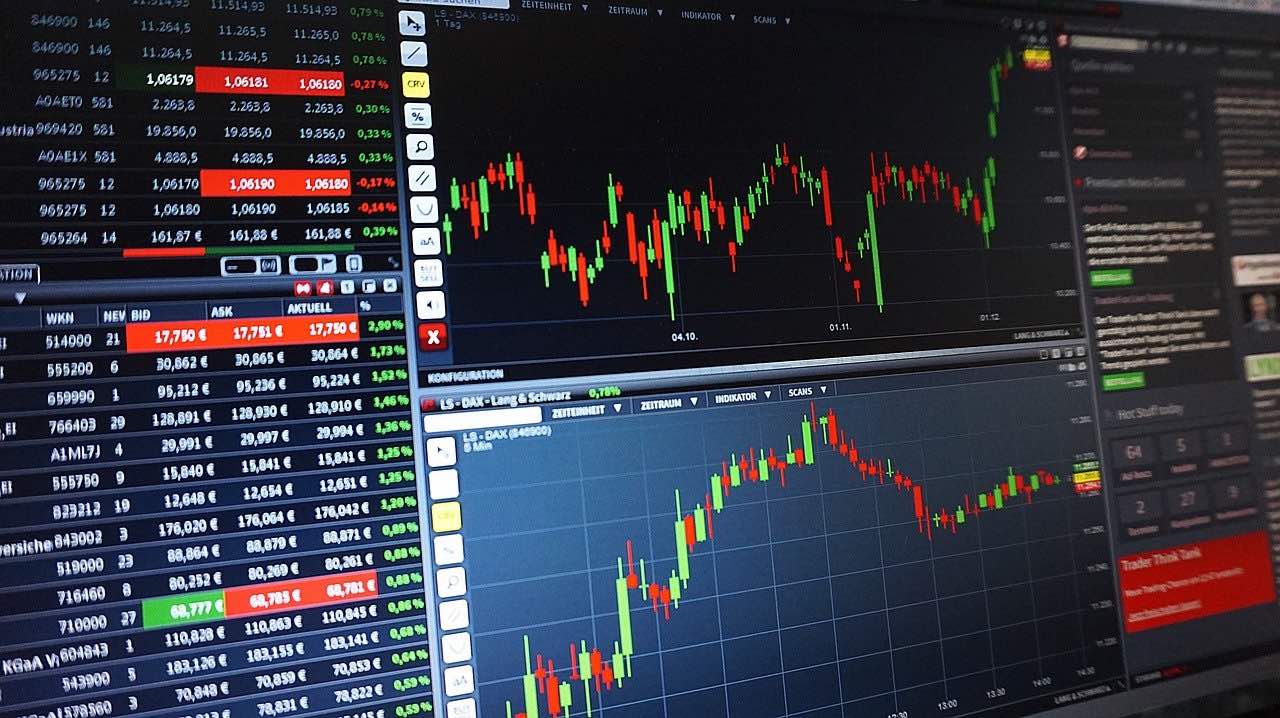The world of forex never sleeps with trading around the clock in the different financial centres of the world. Broadly split into European, North American and Asian sessions, the latter includes both Tokyo and Sydney. Although the basics of forex are the same wherever you go, the way the pairs trade can be very different. We take a look at both basic and advanced trading in the Asian markets.
The Currency Pairs
Like all forex markets around the world, in Asia, there are major pairs, there are minors, and there are cross-currency pairings. The majors are the most popular, with plenty of information available to make an informed choice.
The majors in Asia are USD/JPY, AUD/USD and NZD/USD. This doesn’t mean you won’t find other pairs available; USD and CAD forex trading and others are also available when the market is open.
In general forex terms, the US dollar is the most traded, but during the Asian session, it’s the Yen that is the most heavily traded. You’ll therefore need to have a robust understanding of the external events that influence the Yen price.
Exotics are also available during the Asian session. These include the Philippine Peso, Thai baht, Singapore dollar, Indian rupee, Malaysian ringgit and the Hong Kong dollar. These currencies make very little impact on the global forex market, but they can influence the Asian sessions more than during other trading hours due to geography.
Factors to Consider
Although any world event can influence the forex market, there are certain key events that are particular drivers in the Asian market.
Economic data from Japan, China, Australia and New Zealand have a much more significant impact than elsewhere, with serious consideration needed to the stats which are released throughout the session.
Some of the most important types of data to consider include:
- Consumer Price Index (CPI)
- Business and consumer confidence
- Imports, exports and trade balance
- PMIs (private sector)
- Wage growth
- Unemployment rates
- Retail sales and consumer spending
- GDP
- Monetary policy decisions from the central banks
- Policy meeting minutes from the central banks and member speeches
Low vs High Volatility
Although forex tends to be highly liquid and more volatile than other types of trading, these features are more muted during the Asian session.
There are lower volumes and lower levels of liquidity which lead to greater clarity around entry and exit levels and the chance to manage risk more clearly.
At the end of the Asian session, there is a slight overlap with the London opening. For the hour when both these markets are open, there are much higher levels of liquidity and opportunities for breakouts.
There are plenty of chances for low volatile trades to be executed throughout the session. Still, anyone seeking high volatility should trade during the overlap or when critical data is being released. The currency pairs with the most significant volume will also offer more volatility than the relatively low volatility of pairs outside the Asian majors (such as EUR/USD. EUR/GBP and GBP/USD).
The exotics also offer more potential for greater risk, albeit with lower levels of liquidity. These should only be traded by those with experience of the Asian markets.








